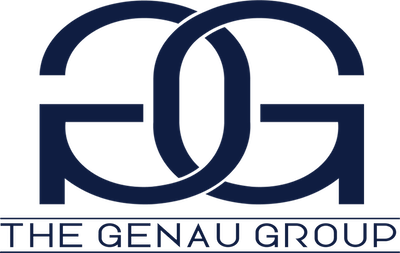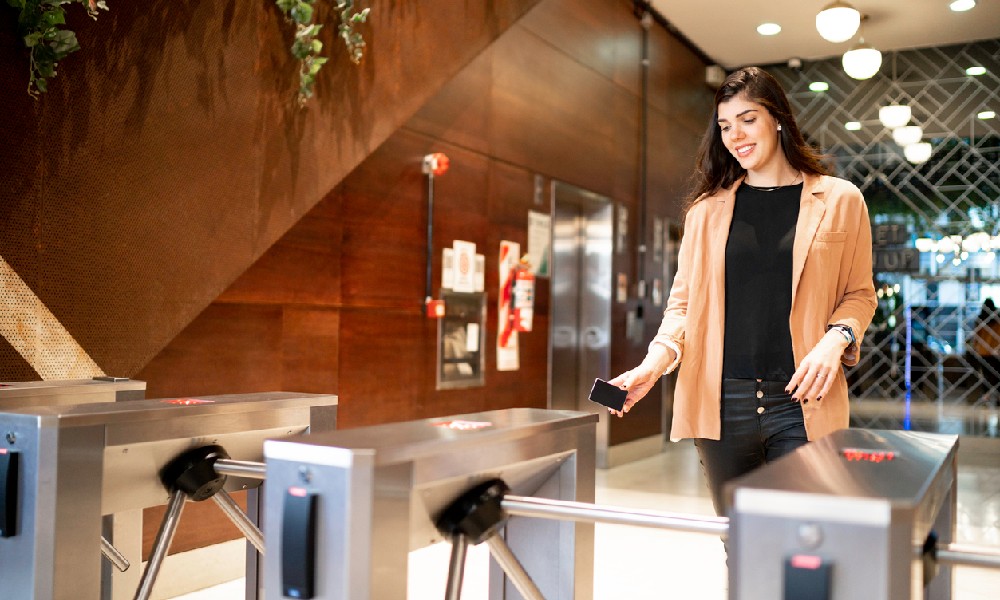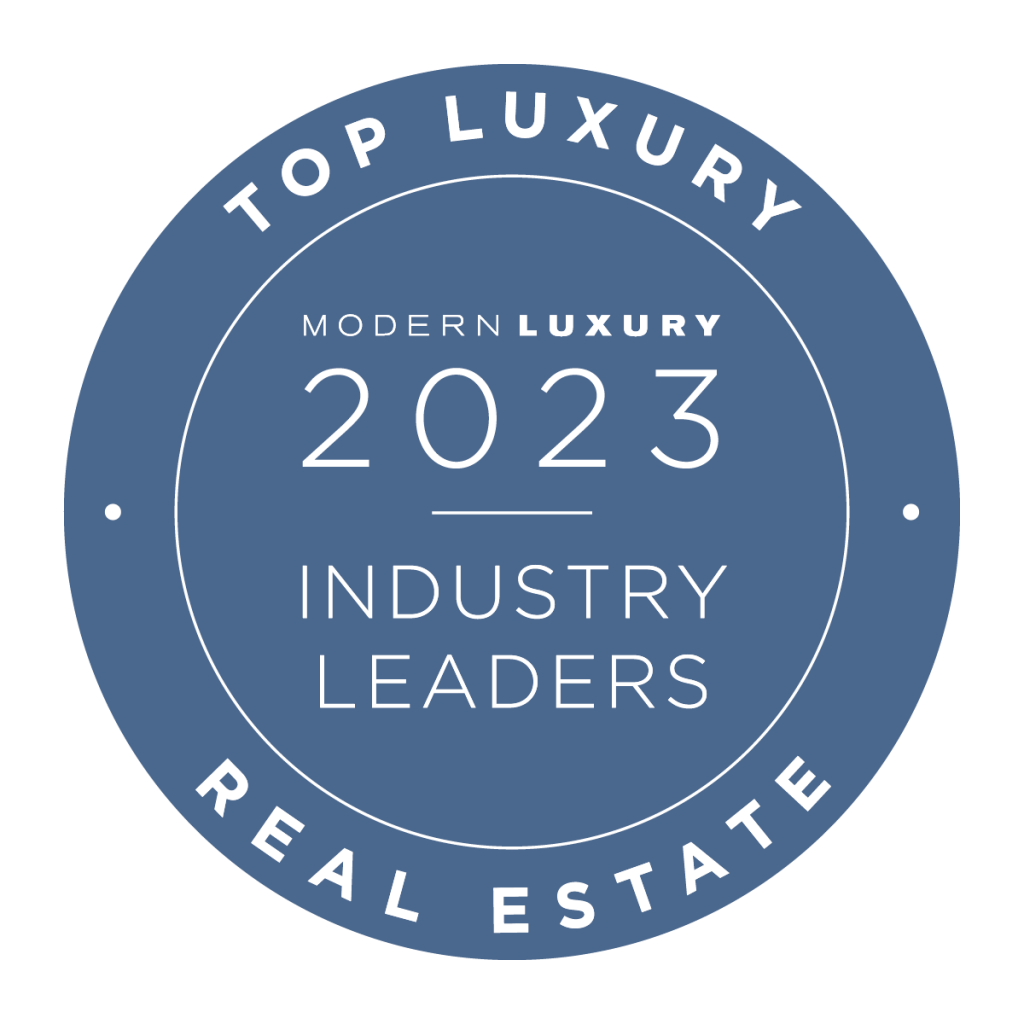Anyone looking over a lease document for a commercial property is bound to come across charges that may be unfamiliar or confusing. Common-area maintenance charges are one category that will almost certainly come up, so it’s worth doing your research to understand them.
Common-area maintenance charges (or CAMs) in commercial real estate agreements are a regularly occurring, ongoing expense that tenants must pay to cover the property’s day-to-day operations. These costs may typically include fees for electrical maintenance, cleaning, and security on areas such as lobbies, elevators, loading docks, and public bathrooms. The initial commercial lease agreement signed at the beginning of a lease term will detail the tenant’s responsibilities.
CAMs are part of any real estate agreement involving shared services. This guide will take you through the different CAMs and how to manage your annual costs effectively.
How CAMs Work in Triple Net Leases
Most commercial leases are known as triple net leases or NNN leases. The landlord and the tenant will agree to a triple net lease on which CAM charges each party is responsible for upfront. This will come down to three key expenses:
Real Estate Taxes
These are the easiest to calculate and understand, and the landlord usually passes them on to the tenant. They are relatively straightforward and are levied on the size of the property and the tenant’s geographic location.
Building Insurance
The landlord determines this by calculating the total insurance costs for the property and dividing it by the square footage you occupy.
Building Maintenance
This charge is the one most subject to variation and a place where you can encounter both controllable and uncontrollable expenses.
Landlords generally want CAMs defined broadly (so they can pass on as many of their operating expenses as possible to the tenant), whereas the tenant will push to define the CAMs narrowly. The tenant needs to understand that not all CAM charges are the same.
Are All CAMs Created Equal?
Commercial tenants need to know that there are generally two types of CAMs: controllable and uncontrollable expenses. The two types represent different levels of opportunity for the tenant, who has the power to negotiate these ongoing costs at the commencement of any commercial lease. Here’s what those classifications entail:
Controllable Expenses
The landlord has some degree of control over these since they include items such as janitorial supplies or parking lot maintenance. Controllable expenses such as elevator maintenance are usually capped at a certain level, making it possible to anticipate what those costs will be each month.
Uncontrollable Expenses
These are subject to external influence and can include costs such as property taxes (which can be changed by the federal or state government). Building insurance, utility costs, or even snow removal expenses, which can be affected by inflation, are also in this category. Uncontrollable expenses are more likely to have “floors” on them, meaning they will never be lower than a certain amount.
Tenants should closely scrutinize the terms and conditions of the agreement to ensure there are no surprises in the CAMs and agree upfront on what costs apply to them. Skipping this step can directly affect your business’s bottom line.

4 Tips for Managing Your CAMs
Keeping your CAMs affordable comes down to a few best practices. You should know what costs your lease requires you to pay, which elements are negotiable, which can be budgeted for in advance, and how each of these is calculated. You can better manage this process by following these suggested guidelines:
1. Effectively Negotiate Your CAMS
Any CAMs considered capital expenses or general overhead typically fall under the purview of the landlord, not the tenant. Unscrupulous landlords may attempt to make the tenant responsible for some of them, however. You have the right to argue that these costs are capital expenses and are the contractual responsibility of the landlord. These include administrative and maintenance fees, roof repairs/replacement, capital improvements, lighting, plumbing, electrical wiring, and HVAC.
2. Learn to Predict Your Common-Area Maintenance Fees
Understanding how “floors” and “caps” (or ceilings) work makes it easier to predict your CAMs. Floors set a minimum expense on annual CAM charges for the tenant, whereas caps set an upper limit. Any allowable cost can only fall between the two.
Both kinds of barriers can provide a level of certainty for landlords and tenants. CAMs can have different types of caps: cumulative or compounded, indexed to a starting year, or only applying for a specified term of the lease. Understanding how caps work and what your costs are likely to be is essential, as is double-checking the figures to ensure that your landlord has not misrepresented your total liability.
3. Understand How CAMs Are Calculated
CAMs are typically calculated annually and then billed to tenants monthly. There is also an annual reconciliation that compares the property’s actual maintenance costs against the tenant receipts for the year. The landlord will reimburse the tenant for the difference when the actual costs are lower than the tenant’s payments, and the tenant will pay when they’re higher.
Common-area maintenance expenses are always based on how much square footage each tenant occupies. The landlord will calculate the tenant’s pro-rata share by dividing their square footage against the total leasable area of the property.
4. CAM Differences for Offices, Retail Spaces, and Industrial Properties
Commercial office spaces are usually expected to pay for common-area lighting, landscaping and irrigation, parking lot maintenance, sidewalks, driveways, stormwater, electric, janitorial services, management fees, sewage, window washing, stairwell, elevators, and lobby maintenance.
Retail spaces such as shopping centers typically pay for common-area lighting, landscaping and irrigation, parking lot maintenance, sidewalks, driveways, stormwater, utilities, and loading dock facilities. Industrial properties and factories will incur fees for common-area lighting, landscaping and irrigation, and parking lot maintenance.
Depending on the nature of your business, your CAMs can vary considerably. It’s wise to keep accurate records of activity around your premises, including water and electrical usage, parking lot maintenance, and security issues, so that you can question any unexpected bills. A CRE expert can help you understand any questions about your lease and help you negotiate favorable terms.
Consult a Commercial Real Estate Expert to Answer Your Questions
The team at The Genau Group understands that common-area maintenance charges can be some of the most complicated elements of a commercial lease. Our diverse group of skilled professionals has made the leasing process easy and stress-free for our long list of satisfied clients.
Contact The Genau Group today with any questions related to your commercial lease and its common-area maintenance charges. We will dissect your agreement and make sure your business has a new home that doesn’t hurt your profit picture.






